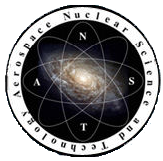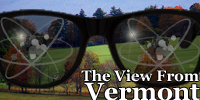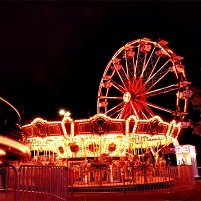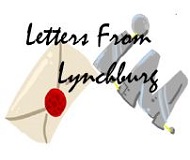Inherent and engineered safety: Did Weinberg predict today's reactors a quarter century ago?
Following the Three Mile Island (TMI) accident on March 28, 1979, it seemed to many as if a slowing nuclear energy industry in the United States had been dealt a death blow. It had not, but the public's confidence was shaken, and this blow to public opinion built upon a decade's worth of intensive, focused anti-nuclear effort on the part of a number of large well-funded special interest groups.


 In this first of a series of articles on nuclear propulsion for space travel, allow me to enlighten each of you about the fascinating history of this technology. This post will cover three early projects, with posts to follow that will explore other technologies along with an assessment of future prospects.
In this first of a series of articles on nuclear propulsion for space travel, allow me to enlighten each of you about the fascinating history of this technology. This post will cover three early projects, with posts to follow that will explore other technologies along with an assessment of future prospects. I have been thinking lately about "framing the discourse" on nuclear energy. Framing is the way that people use words and concepts to present their points of view in an understandable and appealing way to other people. I think that pro-nuclear people are often bad at this. We figure that "the truth will set you free," and then we don't spend very much time on how to frame the truth.
I have been thinking lately about "framing the discourse" on nuclear energy. Framing is the way that people use words and concepts to present their points of view in an understandable and appealing way to other people. I think that pro-nuclear people are often bad at this. We figure that "the truth will set you free," and then we don't spend very much time on how to frame the truth.
 The US Department of Energy has a $452 million program to share development and licensing costs for selected small modular reactor (SMR) designs. The DOE's goal is to have an operating SMR
The US Department of Energy has a $452 million program to share development and licensing costs for selected small modular reactor (SMR) designs. The DOE's goal is to have an operating SMR  Recently I had the honor of joining the "
Recently I had the honor of joining the "
 The 148th edition of the Carnival of Nuclear Bloggers is up now at Hiroshima Syndrome.
The 148th edition of the Carnival of Nuclear Bloggers is up now at Hiroshima Syndrome.  There are many benefits to living in Lynchburg, Virginia. Not only is it a scenically beautiful place with a diverse and growing economy that has continued its steady progress, even during the Great Recession, but it is also a place full of people who appreciate the value of nuclear energy technology.
There are many benefits to living in Lynchburg, Virginia. Not only is it a scenically beautiful place with a diverse and growing economy that has continued its steady progress, even during the Great Recession, but it is also a place full of people who appreciate the value of nuclear energy technology.